Japan has a variety of famous landmarks and places to visit. Where would you like to visit on your next trip to Japan?
Maybe you would like to take in the ancient castles or walk down the streets where Geishas hide.
Here are some interesting facts about some of the landmarks you can visit on your Japan travels.
Which famous Japanese landmarks should you stop by?
1st Stop Nijo Castle
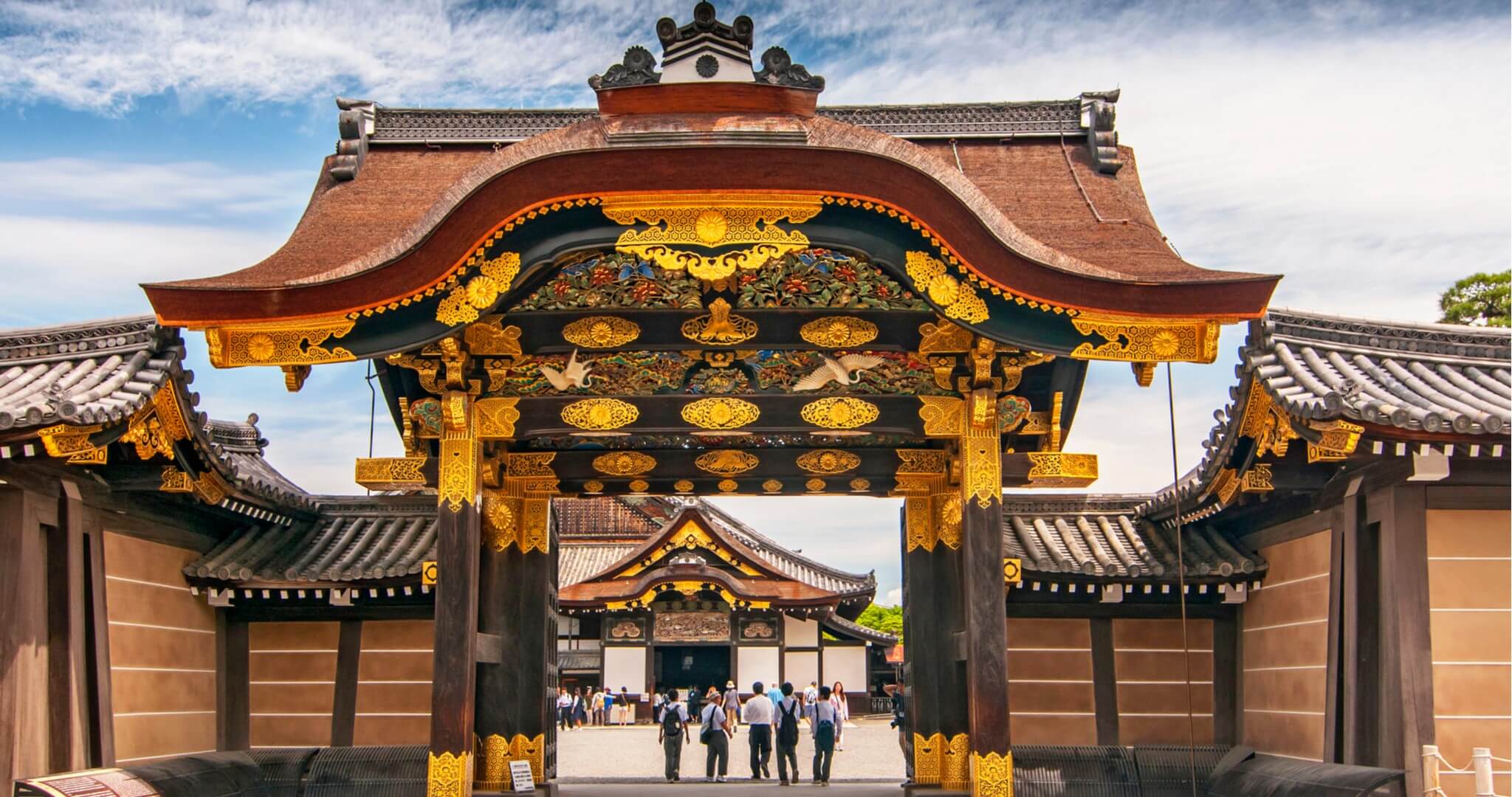
Nijo Castle is a fascinating castle with golden ornaments and floors that utilise ingenious technology. Built in 1603 as the Kyoto residence for Tokugawa Ieyasu, the first shogun for the Tokugawa clan, both the castle and its history are astounding.
Nijo Castle is one of Kyoto's outstanding UNESCO World Heritage Sites and features one remarkable, uniquely Japanese feature - a nightingale floor.
Nightingale floor, you say? What is that?
The nightingale floor was one of Japan's earliest alarm systems. Designed in such a way that the floorboards would emit a chirping sound when stepped on, it meant that no-one could enter the castle undetected. It was an extra precataution to protect the castle and the Shogun.
When you visit Nijo Castle, try stepping on the floor yourself to hear the floorboards sing!
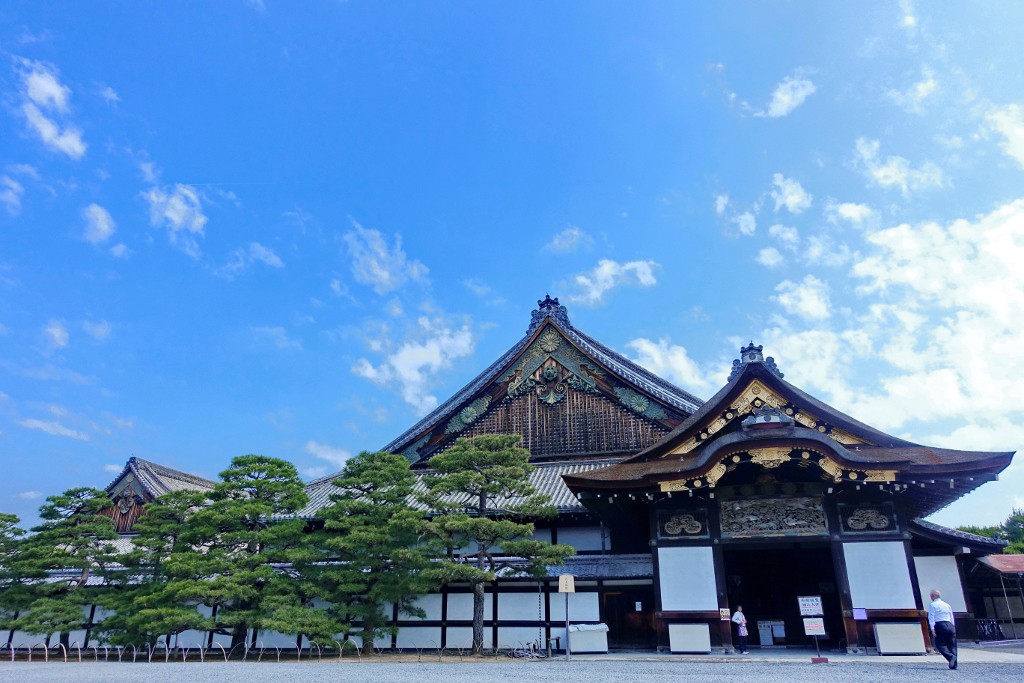
Nijo Castle amazingly served almost 250 years as the Kyoto esidence for the Tokugawa shoguns until 1867 when the 15th and final Shogun, Tokugawa Yoshinobu, officially returned authority of the country back to the Imperial Court, thus ending martial rule in Japan.
Now, the castle is open to the public, and you can experience this amazing piece of history for yourself on some of our tours.
Visit Nijo Castle on our Aromas of Japan tour, our Taste of Japan by Rail tour and our Highlights of Japan tour.
2nd Stop Gion District
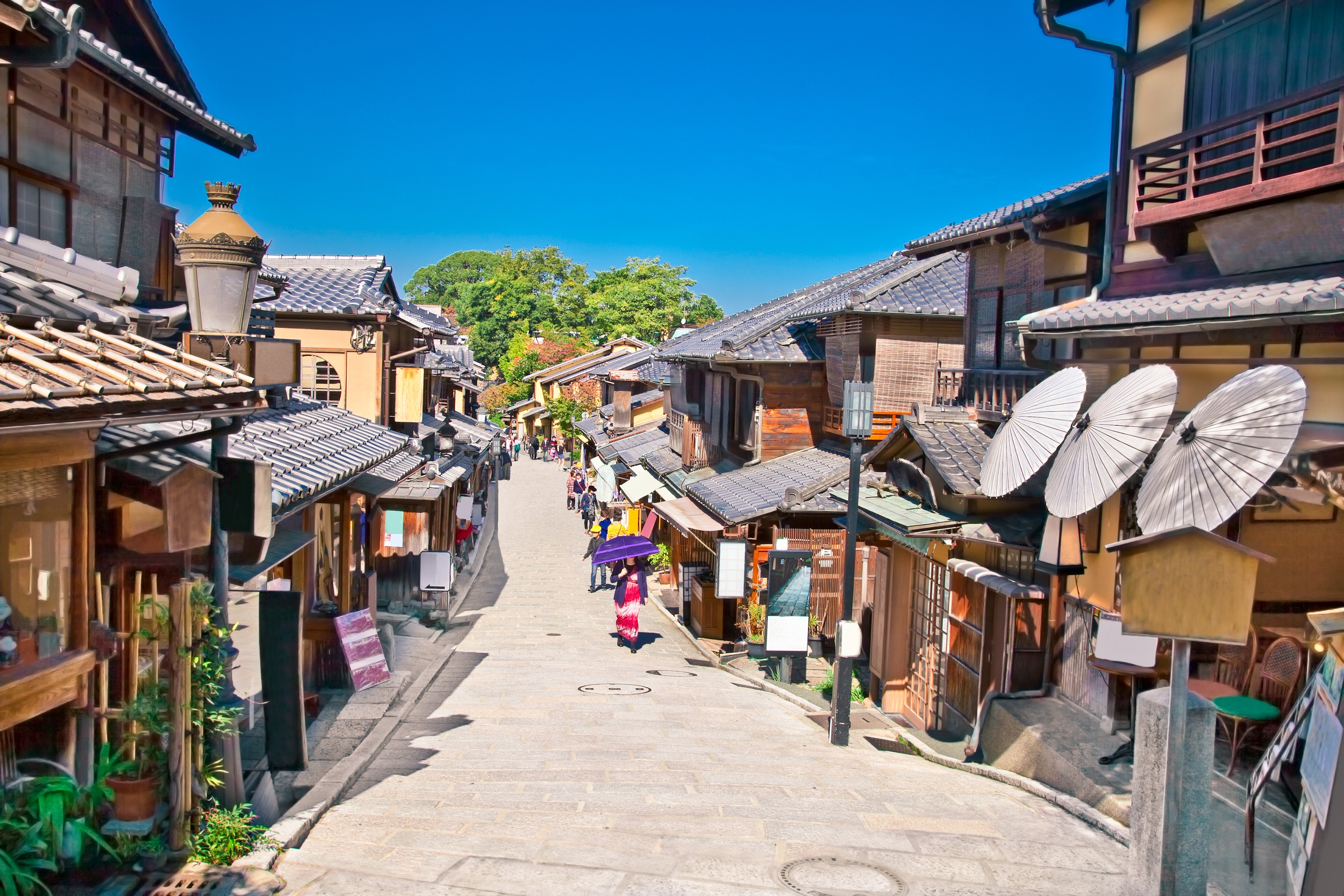
The Gion District in Kyoto is a nostalgia-invoking sight that makes you feel as if you've stepped back in time.
Gion is undoubtedly the most famous geisha district in Japan, and has attracted visitors from all over Japan and across the world.
From the Edo period (1603 - 1868), many tea houses operated in this area, with beautiful young women trained in the delicate arts of the geisha.
History and secrets abound in Gion, which is divided into five districts: Gion Kobu, Gion Higashi, Miyagawa-cho, Ponto-cho and Kamihichiken.
If you want to get a glimpse into the mysterious world of the geisha, make sure you visit Gion Kobu, the biggest geisha district in Gion with rows of traditional Japanese style houses, tea houses and a grand kabuki theatre.
Then take a stroll down the main street of Hanamikoji from Shijo-dori to Kennin-ji Temple where you may be able to capture a glimpse of a maiko or geisha ducking out of a teahouse.
While you're taking in these sentimental streets, always remember to be respectful and discreet, as most maiko and geisha that you do see will be in a rush to follow their daily schedules.
Geisha: traditional Japanese entertainer
Maiko: geisha apprentice
Geiko: local Kyoto term for geisha
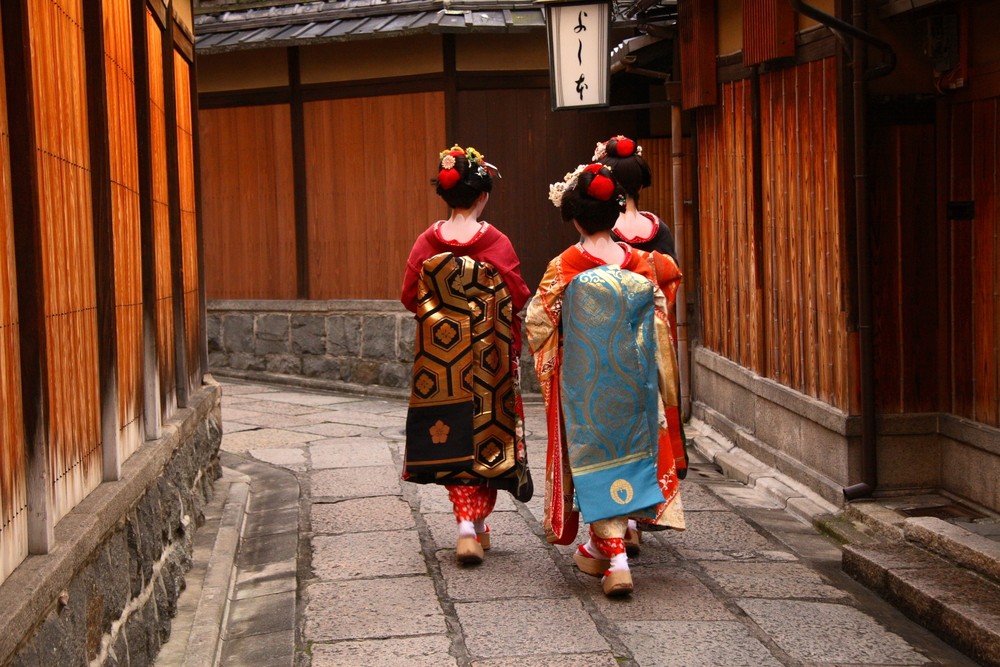
You can also enjoy a special maiko performance with our Maiko Dinner optional experience. Here, you will be served dinner while watching a maiko perform traditional dances to shamisen music.
You may also be invited to partake in some traditional teahouse games!
While in Gion, you should also make sure to visit Yasaka Shrine, the host of the Gion Festival which takes place throughout July. Yasaka Shrine is also known as a special place for you to pray for your love life and marriage.
While Yasaka Shrine is beautiful at any hour of the day, make sure you stop by after dark to see the shrine lit up by beautiful lanterns.
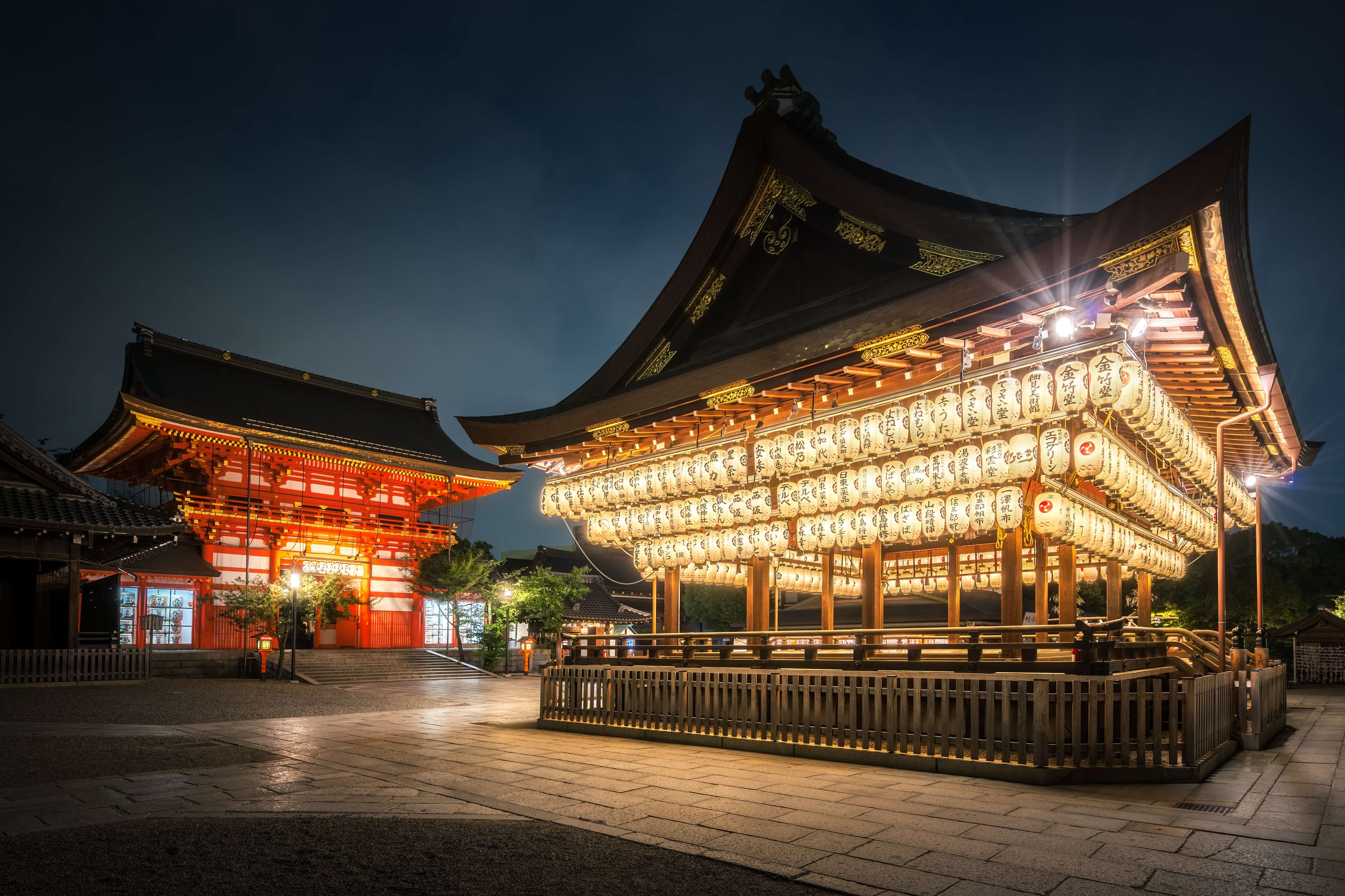
3rd Stop Himeji Castle
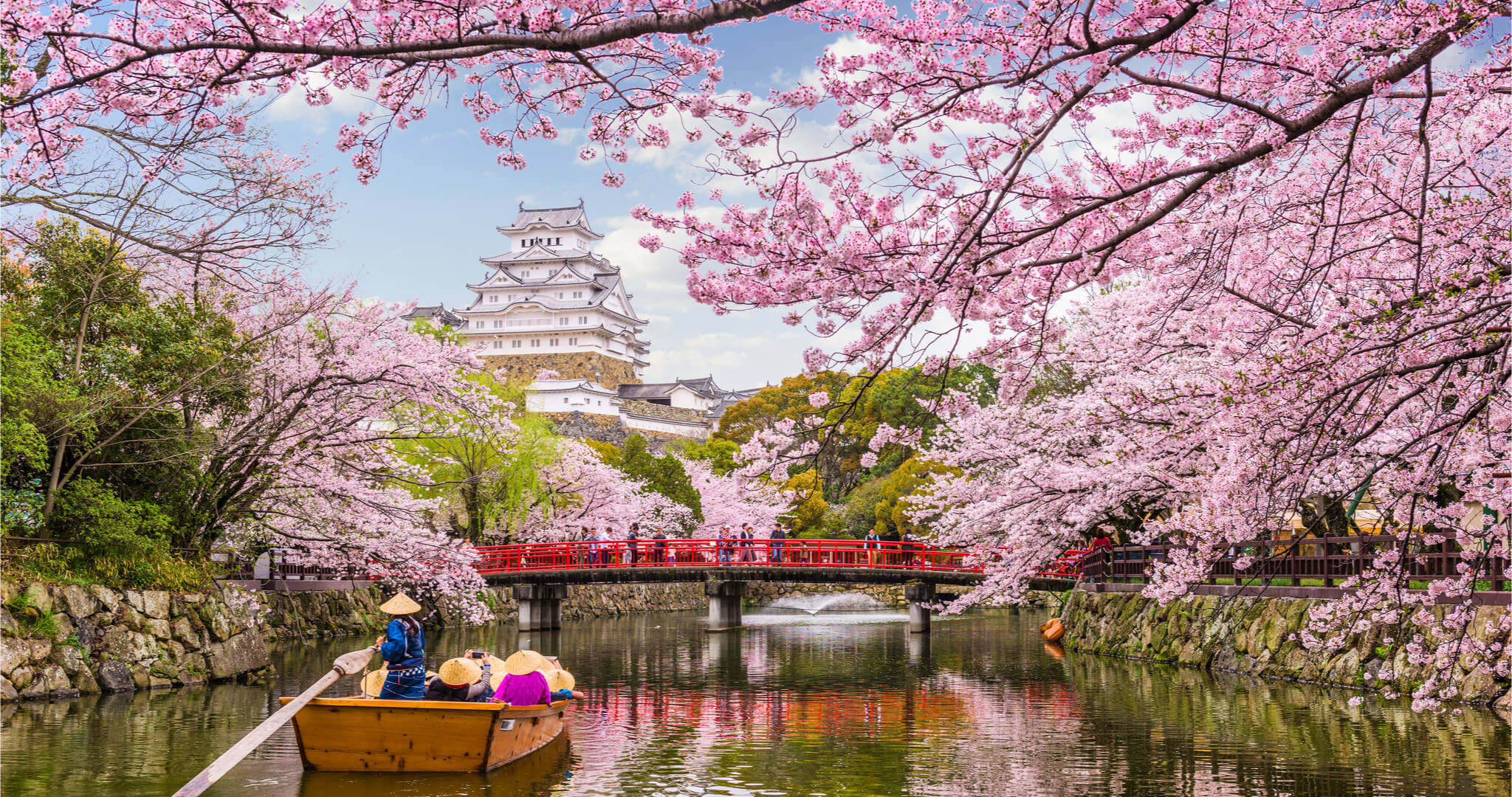
Artisitically brilliant, breathtakingly beautiful and magnificently imposing, Himeji Castle is a must-see landmark, located in Himeji Prefecture, not far from Osaka or Kyoto.
Listed as an UNESCO World Heritage Site, the 400-year-old Himeji Castle is one of Japan's last twelve surviving original castles.
Known as the "white heron" castle because of its sweeping, elegant design, Himeji castle is a stunning example of Japanese architecture.
Original fortifications in the area began in the 1400s, but Himeji Castle as it stands today was constructed in 1609.
It features 83 buildings with highly developed systems for defence and protection, and some of the castle walls stand at a monumental 26 metres high!
So not only is Himeji Castle one of the largest castles in Japan, but it is also one of Japan's last surviving original castles, having never been destroyed by any disaster, man-made or otherwise.
While reconstructed castles such as Nagoya Castle, Osaka Castle and Hiroshima Castle are all interestingin their own ways, Himeji offers visitors a chance to see what life was really like for the ruling samurai class during the Edo period.
Unlike reconstructed castles, which usually feature such modern comforts as elevators and and air conditioning, and usually exhibit a number of historical artefacts, the interior of Himeji Castle has been left as it was. Its interior of dark, stoic, polished wood creates a strong contrast against its pristine outer walls and sweeping rooves, and huge effort has gone towards preserving this historical national treasure. This means that visitors can get a real glimpse into a slice of medieval Japanese history!
For many travellers, they don't often have the opportunity to visit an original Japanese castle. But on a select number of our trips, you can take in the spectacular White Heron Castle for yourself.
Visit Himeji Castle on our Aromas of Japan tour or our Endless Discoveries tour.
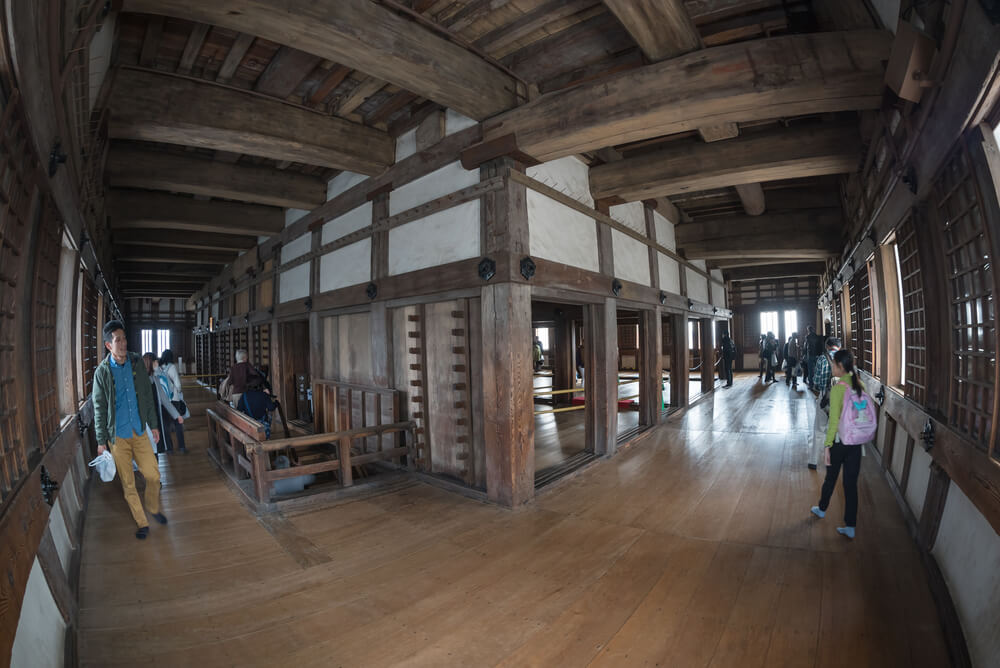
What's on your 'must-see' list of Japanese destinations?
We hope you found these historical Japanese landmarks just as interesting as we do! If we've sparked your interest, make sure you visit our website to check out our full range of tours. If you'd rather chat to one of our friendly staff, you can call us on 1300-680-057 or email us at info@tomatotravel.com.au for further information and we'll gladly do everything we can to help.
Stay tuned for future blogs!
Tomato Travel Blogger | 2019
